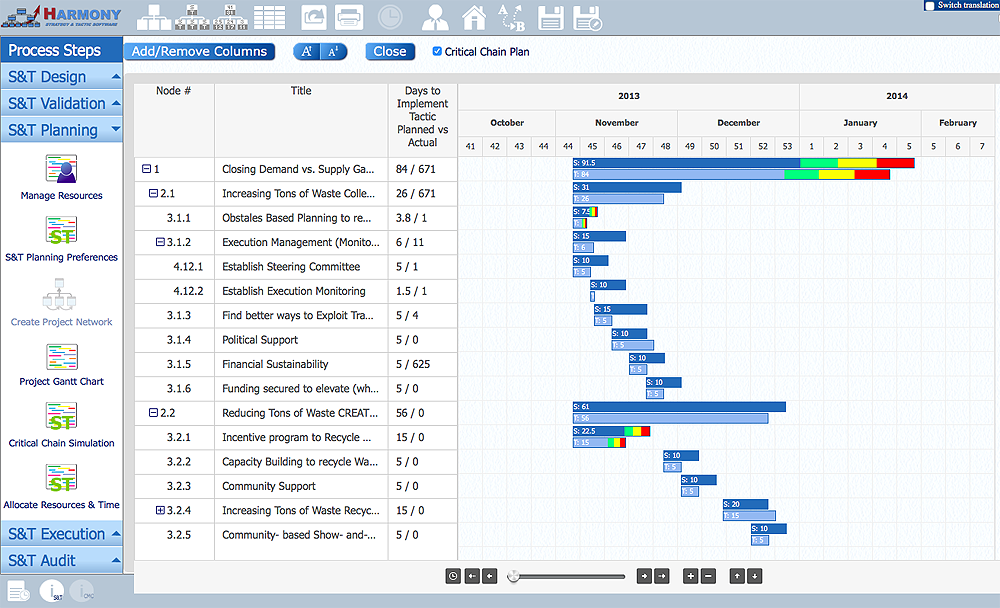Technology to support practice
Technology is clearly visible (it's all "machines and tools", while modern machines are mainly software, technology is easy to notice, it is not "in your head", but "unfolded on the ground"). However, well-visible technology without an understanding of the discipline it supports is dead. "A gun in a savage's hands is a piece of iron," this can be said about any technology. Traditional capital (means of production) is dead if it is not supported by human capital - educated in terms of discipline and trained on the specific set of tools of that enterprise by employees.
If there is any machine, equipment, or software, they certainly support some discipline/theory. If you do not know this discipline, you will inevitably be using a microscope to drive nails, handling a gun like a piece of iron, purely out of ignorance.
For example, project management software can support various disciplines of project management, which define different sets of sub-alphas of the work alpha. For instance, project management might be classical with the alpha critical path, but the Theory of Constraints by Goldratt criticizes the use of the "critical path" alpha and suggests another alpha: critical chain[1], and project management is based on tracking the depletion of project buffers[2]. If you do not understand the relationship between the tools (in this case, project management software) and different disciplines/theories of project management with their specific concepts for monitoring/alphas and sub-alphas, and you simply buy some "popular project management software," then you may be in for a surprise: the programs will be deployed, buttons will be pressed somehow, forms will be filled out, but project management practices won't be executed, projects won't be better off!
In the classic project management program in the figure, there are no project buffers, so it doesn't support thinking according to the project management discipline of the Theory of Constraints:

But this program does support it, the "traffic lights" for buffer management are clearly visible in its screenshots:

If you do not possess a certain managerial scope in terms of project management disciplines, you may not even understand why the tools for what seems to be the same practice differ so much, and the "buffer traffic lights" will seem like interface features of the program rather than variations of the project management discipline.
The tools differ not so much in ease of use but in the disciplines supported by this practice: what concepts in thinking the tool is able to reflect. A convenient tool that is unsuitable for the task cannot help, but an inconvenient tool, but suitable for the task, is not good but will help. You can distinguish these two situations if, in addition to technology, pay attention to the discipline it supports. It is invisible, but you can learn to think about it. Practices are determined by their disciplines, bear the names of disciplines, not technologies.